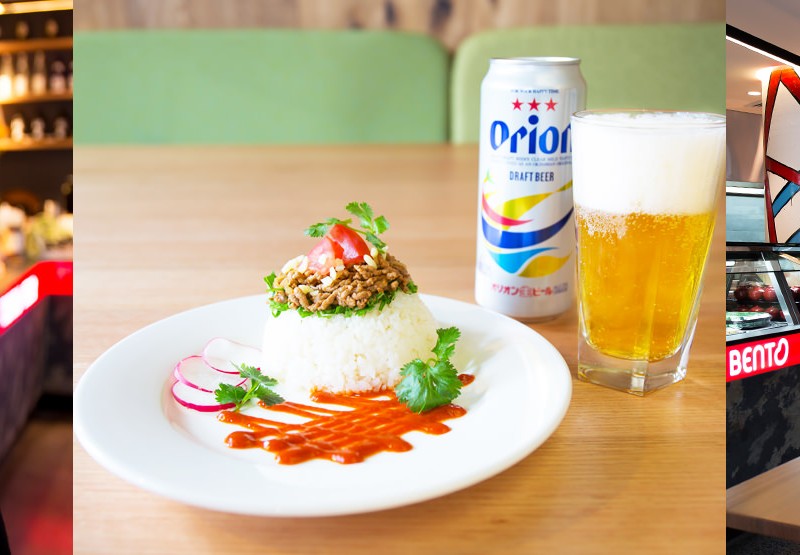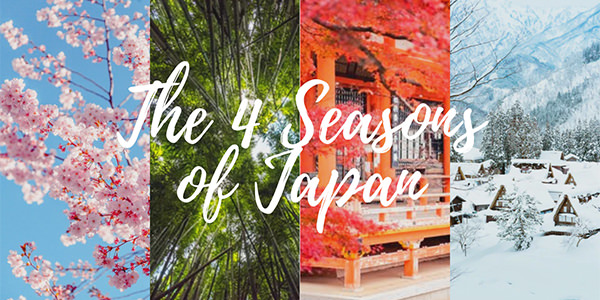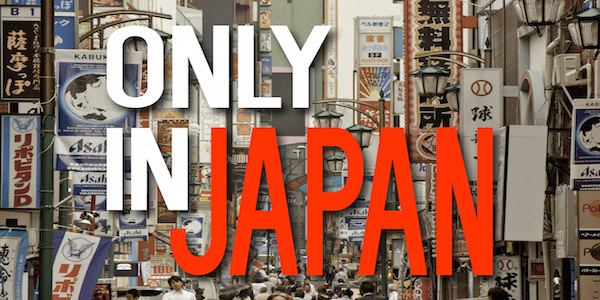See it, buy it, try it: Japanese home cooking
Every day, thousands of Australians stop in to a Japanese restaurant or lunch bar for a delicious, healthy meal. Words like ‘sushi’ ‘matcha’ and ‘ramen’ are a part of our vocabulary, and we are becoming well acquainted with different facets of ‘washoku’, or Japanese food.
So why not take your love for washoku to the next level? Step into the kitchen and channel your favourite Iron Chef, to create a delicious Japanese dish. It’s important that you have all the right ingredients before you start; Japanese soy sauce, mirin and miso are three essential pantry items that cover the basics of Japanese cooking. In Sydney, one of the best places to find them is Tokyo Mart at Northbridge Plaza – along with much more. From a fantastic selection of Japanese beers and sake to cooking utensils, the shopping experience alone is fun and exciting at Tokyo Mart.
You’ll want to have things like dashi and nori. Dashi is the soup base for many Japanese dishes, including miso soup and udon. While it is usually made with ‘katsuo’ (bonito), shiitake mushroom and konbu (seaweed) dashi is also available for vegetarians. In addition to being used for sushi rolls, nori can also be chopped up and sprinkled over a dish – such as an okonomiyaki pancake – for added flavour and nutrition.
Dried bonito flakes (‘katsuobushi’) are another classic okonomiyaki topping, and a standard accompaniment to tempura dipping sauce. By just having these simple items in your pantry, you can start creating authentic Japanese dishes using fresh and frozen produce, and groceries. For example, they can be used to prepare frozen edamame or lotus root (‘renkon’), for the perfect side dish to any Japanese meal.
At Tokyo Mart, the selection of healthy frozen foods like these makes it easier when starting out with Japanese cooking.
Washoku meals have traditionally been balanced according to a basic approach of ‘ichijū-sansai’, a set meal of one bowl of soup, and three side dishes with rice. Depending on region, season and taste, sides may include any one of grilled fish, tofu, omelette, beans, seasonal vegetables or pickles. The simple food in this format makes it easy to create a healthy, filling meal – the beauty of washoku.
Putting together your own basic Japanese breakfast
One of the best ways to ease into Japanese home cooking is by making a simple, satisfying ‘ichijū-sansai’ breakfast like this one:
Steamed rice Short grain white rice is standard, and is often sprinkled with nori seaweed and sesame seeds at breakfast.
Miso soup Miyasaka Jozo instant miso soup easily takes care of the ‘ichijū’.
Grilled fish Seasonal. Omelette (with a dash of miso for a more Japanese flavour) and tofu are two vegetarian substitutes.
Nattō The Japanese version of Vegemite, these nutritious fermented soybeans are full of probiotics, and available in convenient single-serve packs.
Umeboshi Pickled plums. A salty, sour superfood that will definitely wake you up! For less intensity, try pickled vegetables (‘tsukemono’) or a seaweed salad.

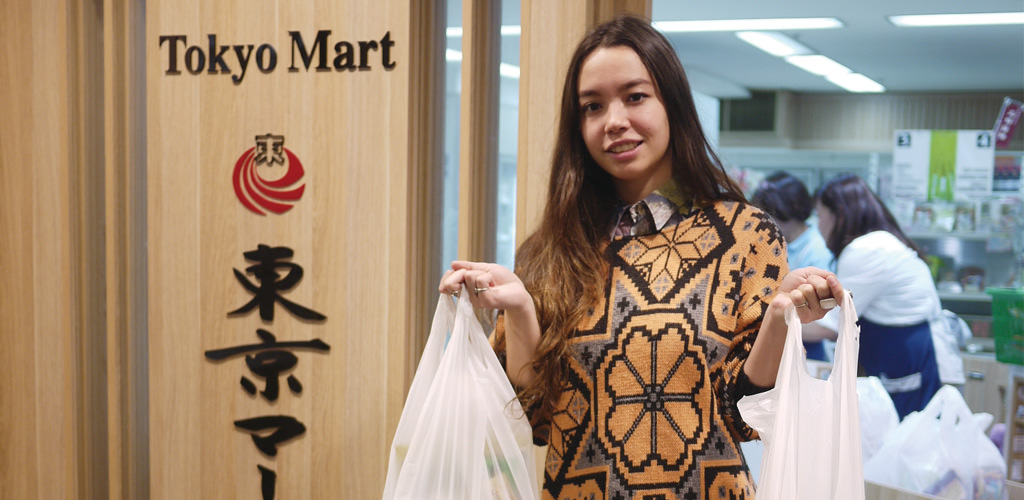
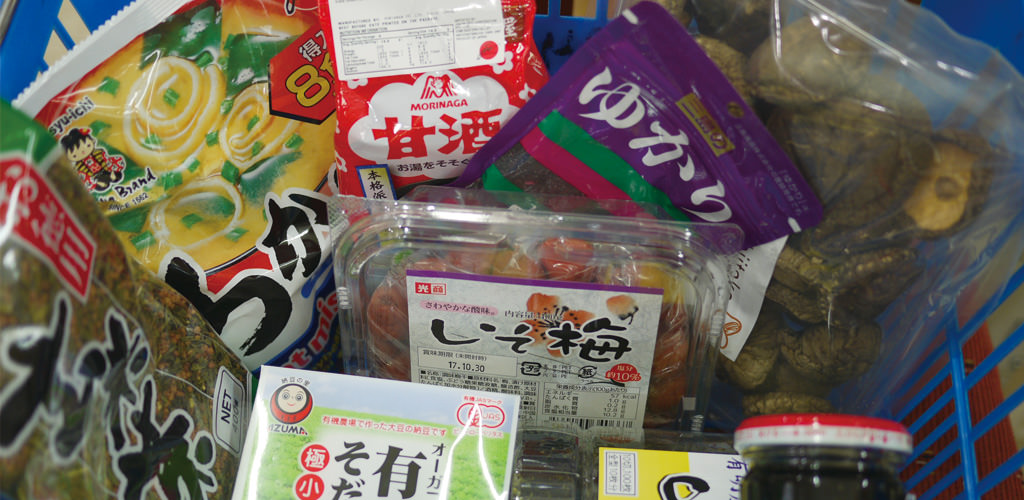
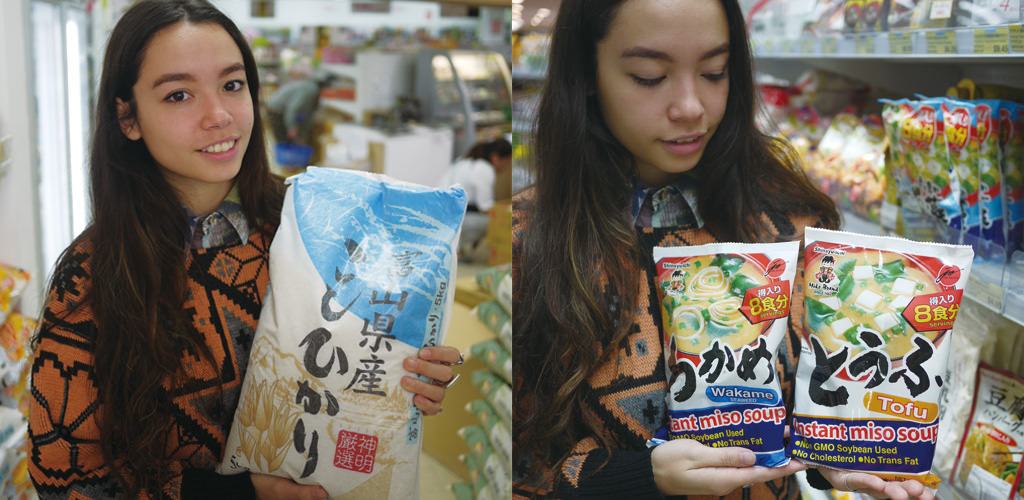
 | Temperature: 11
| Temperature: 11
